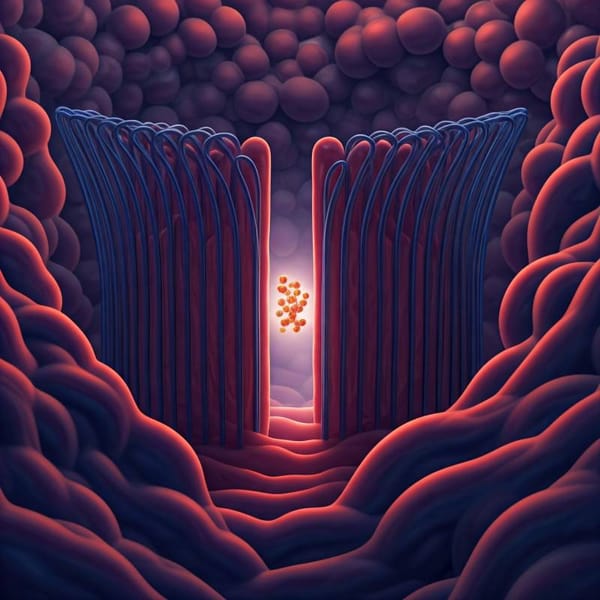Music and Hearing: An Intersensory Experience
When we listen to music, our brain's main sensory regions activate and communicate, which is an intersensory experience that includes hearing.

When we listen to music, our brain's main sensory regions activate and communicate, which is an intersensory experience that includes hearing.


Peso Pluma, the trailblazing Mexican artist, will receive the BMI Champion Award at the 2025 BMI Latin Awards for his global impact on Música Mexicana. Tito Double P, instrumental to Peso Pluma's success and a rising star himself, will receive the BMI Impact Award.

From Lunar New Year celebrations in Cancun to innovative scientific breakthroughs with organs-on-chips technology. Discover travel tips, retirement advice, cultural insights, and culinary adventures, including a bold Oaxacan Negroni twist.

Scientists develop "organs-on-a-chip" to revolutionize drug testing. These miniature devices mimic organ functions, allowing researchers to test drug efficacy on patient cells before prescription.

Ditch the cliché Valentine's Day and ignite passion in Mexico! From Riviera Maya's luxurious beaches and overwater bungalows to Oaxaca's rich culture and cuisine, there's a perfect escape for every couple.